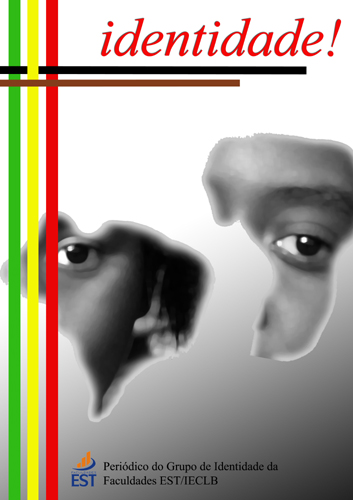Territories of Black sociability and memory of the African fiaspora in Maceio in the 19th Century
Keywords:
African diaspora, Slavery, Black sociability and the cityAbstract
Maceió has undergone an intense process of urban development throughout the nineteenth century, especially after 1839, the year that was raised as new capital of the newly created Province of Alagoas. The city was the place of residence of many planters, merchants, officials, and politicians who benefited from the area of the port of Jaragua, which accomplished exports products like cotton, and especially the cane sugar. Characteristic of nineteenth-century Brazilian cities, the presence of slavery was remarkable in social maceioense, having a large population of slaves and free Africans liners circulating daily in the streets, alleys and squares, settling on the outskirts of the city, developing their arrangements survival, seeking to counter the hegemony of lords. Being common to find them on wheels barns and cultural events such as the coco-de-roda, the songs of barbers and Lundu. There were also numerous yards of Xango and small communities around. This work aims to enter into everyday black population in Maceió, in order to describe the local memory of the African diaspora in the city. The captive population is showing relentless in its goal to transform the city into hiding, hiding the city while freeing. Thus, some districts like Trough, Trapiche and Levada today hold a strong identity of African descent, and to better understand it is essential to study the Maceió nineteenth century. We found our research on the concept of the Black Diaspora Stuart Hall and Paul Gilroy, and methodology of the hermeneutics of everyday life, presented by historian Maria Odila Dias.
Downloads
Published
How to Cite
Issue
Section
License

This work is licensed under a Creative Commons Attribution-NonCommercial-NoDerivatives 4.0 International License.


